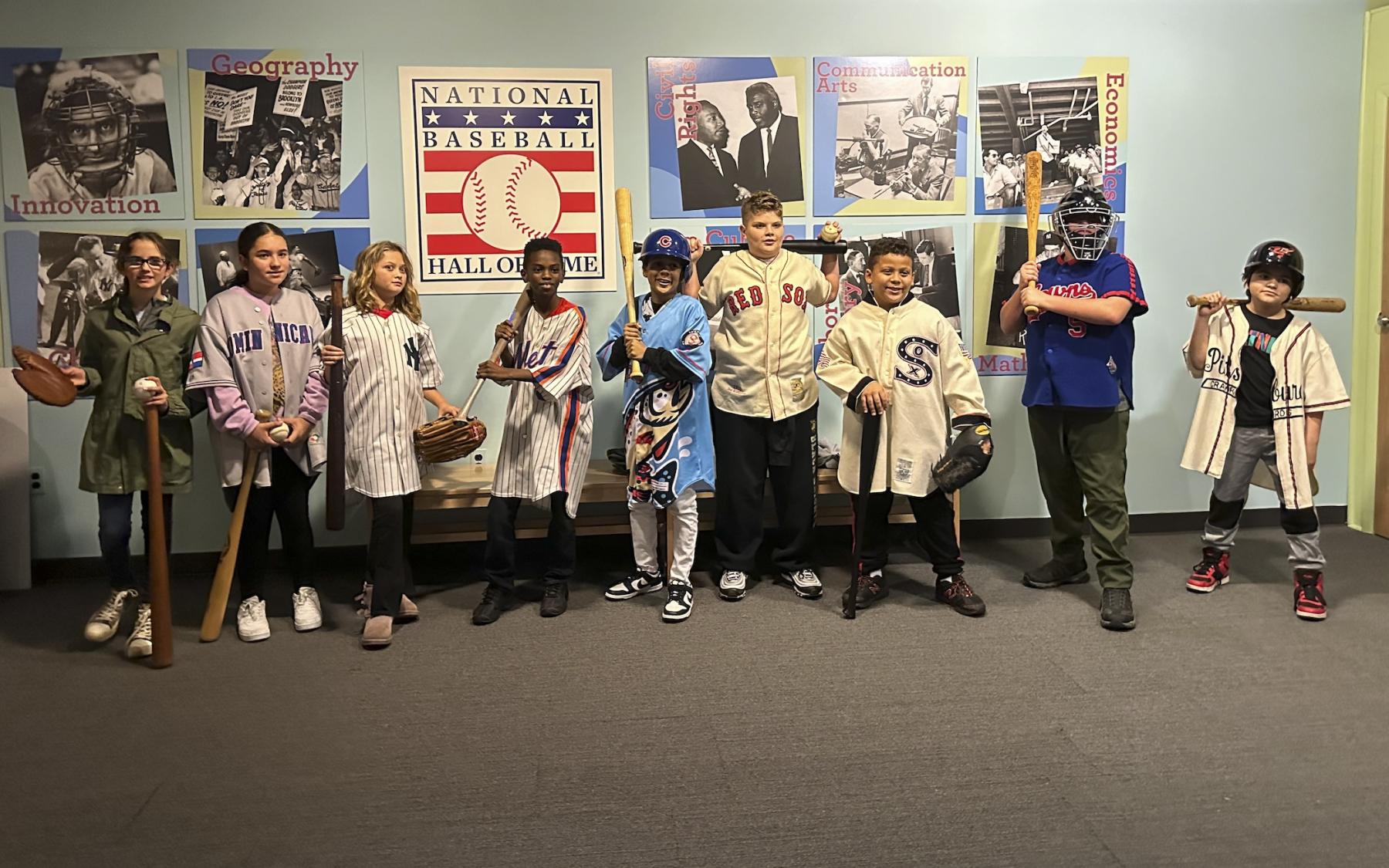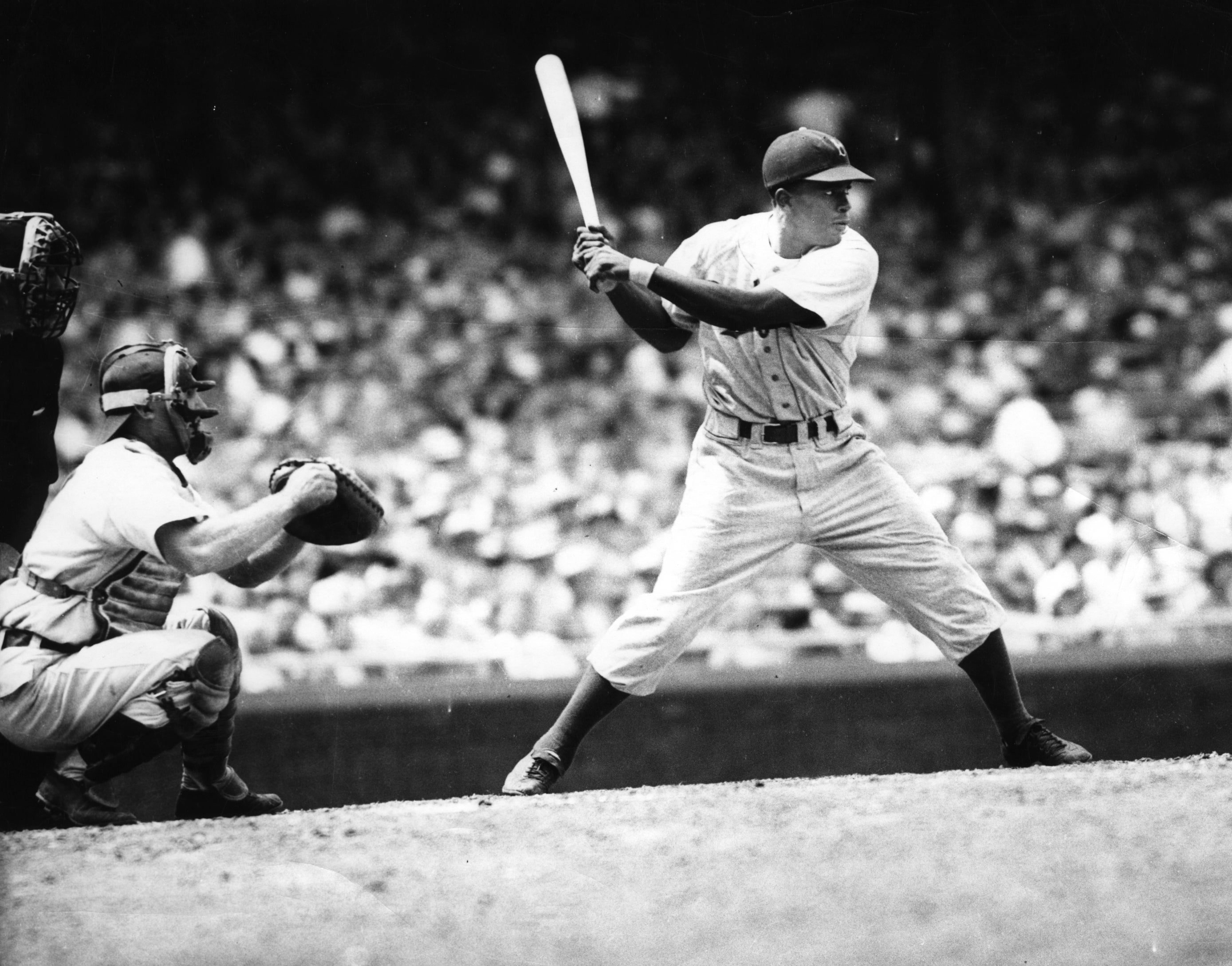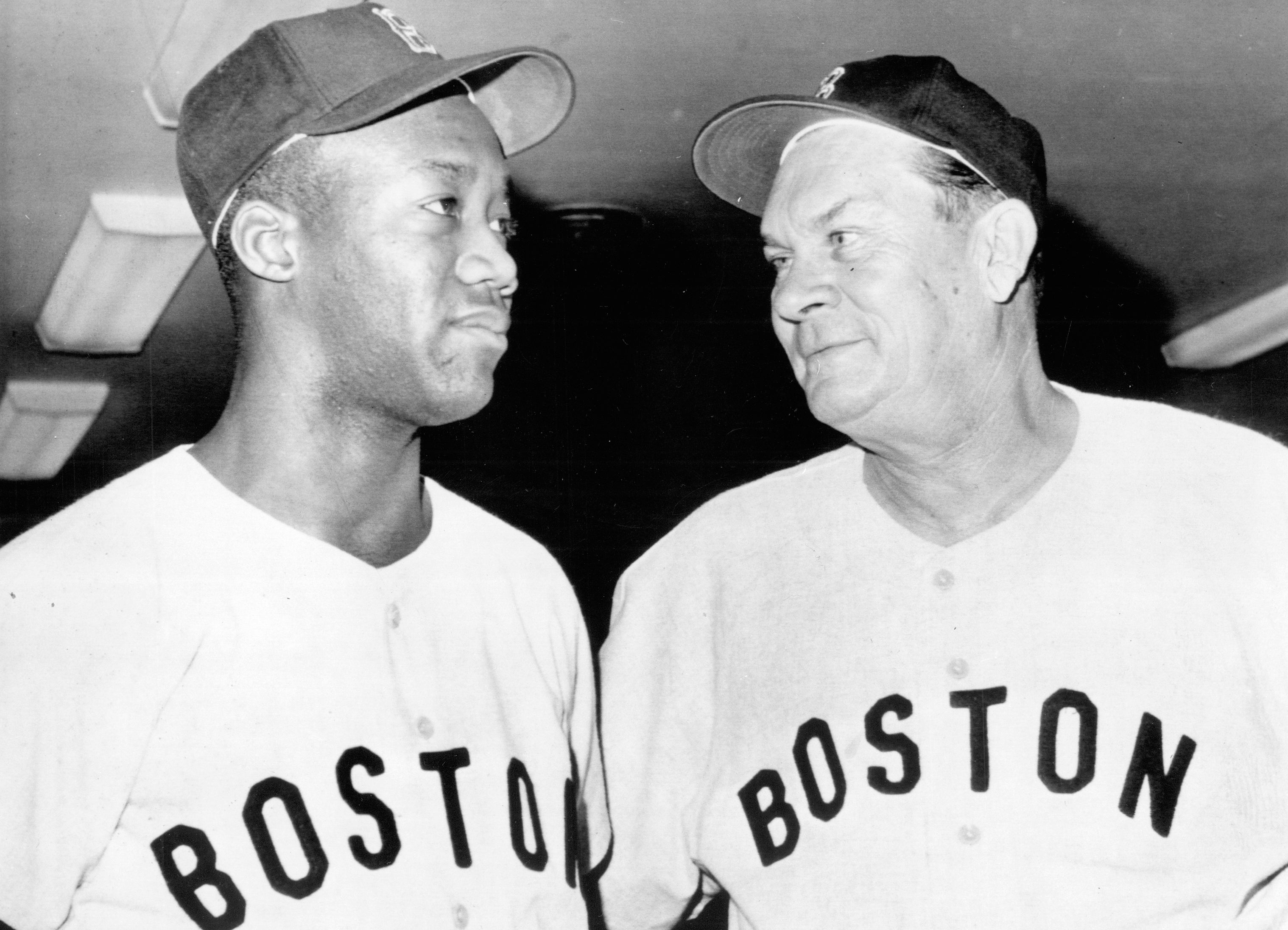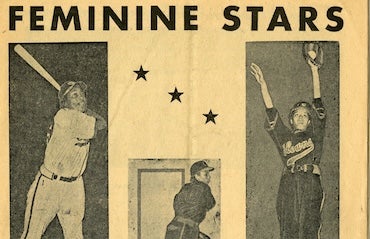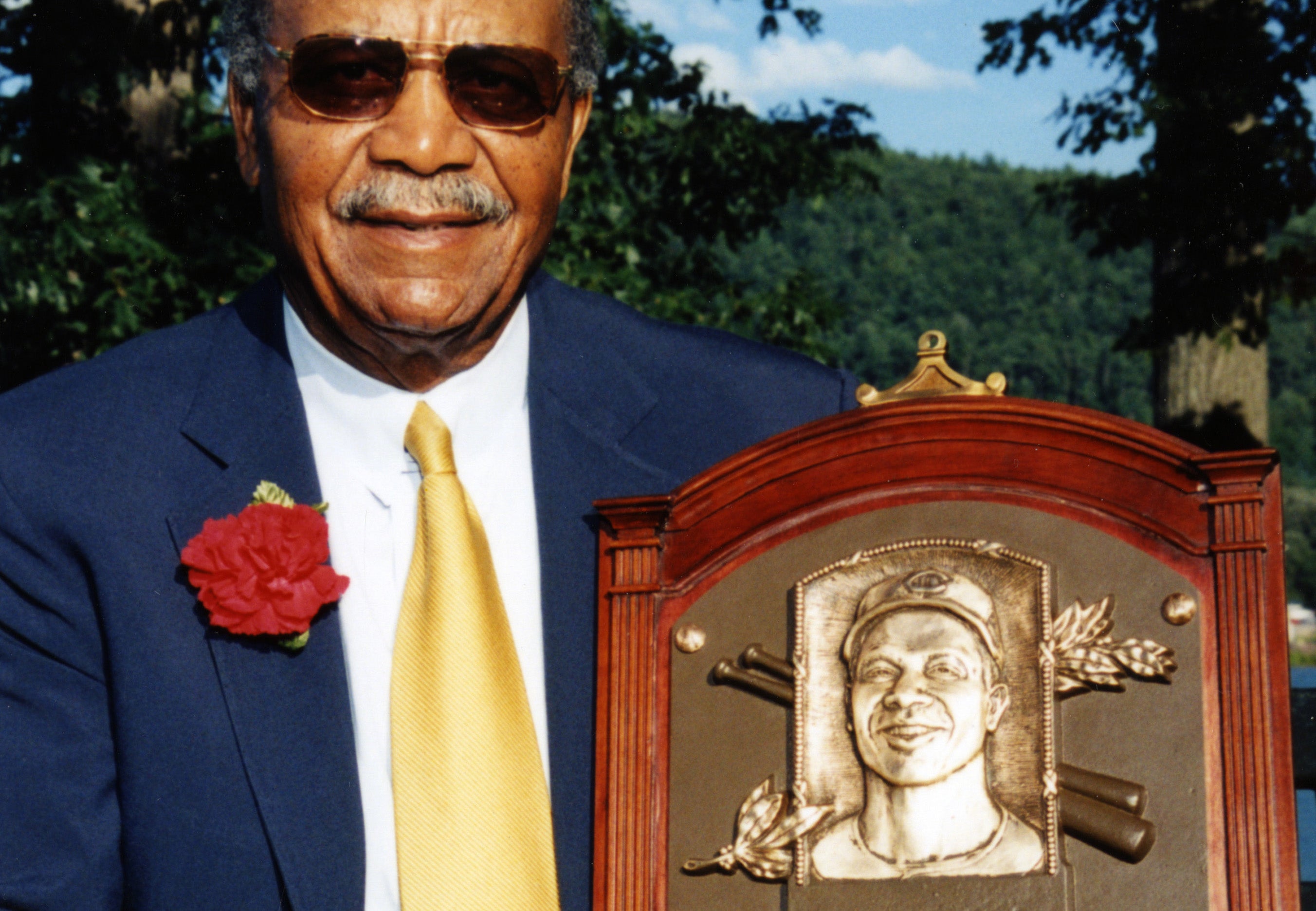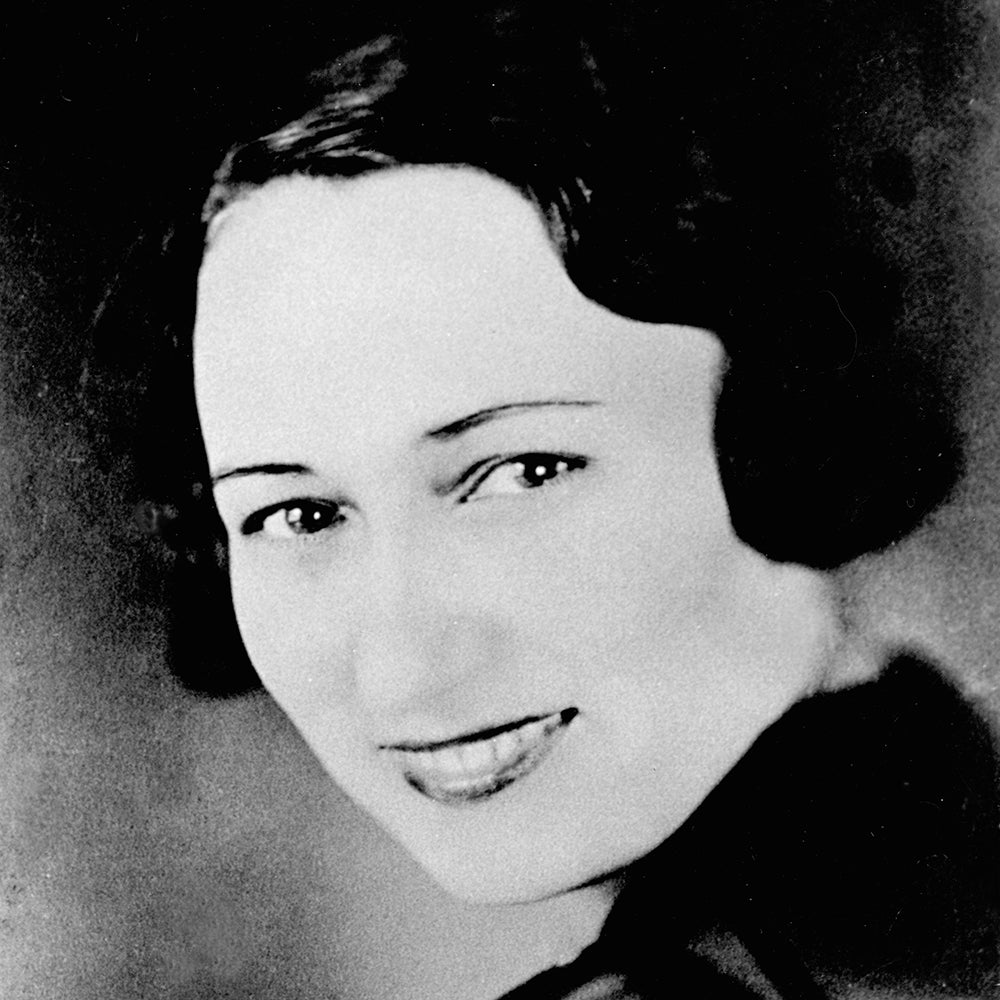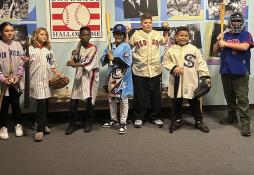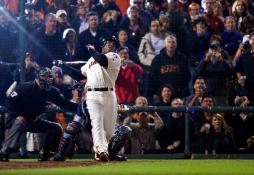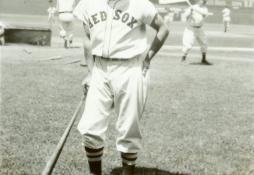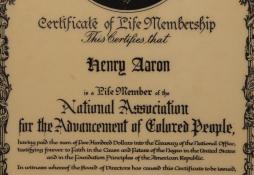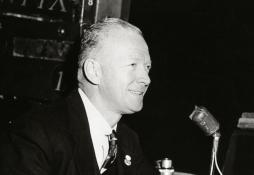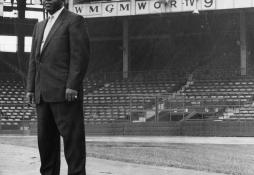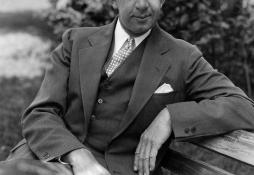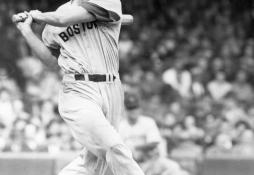- Home
- Our Stories
- Black Baseball Initiative engages students with crucial history lessons
Black Baseball Initiative engages students with crucial history lessons
The National Baseball Hall of Fame and Museum’s new exhibit in 2024, The Souls of the Game: Voices of Black Baseball, will tell the storied history of Black players in professional baseball – the discrimination they’ve faced, the challenges they’ve overcome and their triumphs on the sport’s biggest stage.
But the Hall’s Black Baseball Initiative, made possible by the Yawkey Foundation with additional support from Bill Janetschek in honor of his siblings Robert and Ann, the Anthony A. Yoseloff Foundation and the Bisignano Family, extends beyond this exhibit. Beginning in the summer of 2023, thanks to a two-year support commitment from NBT Bank, schools and other youth groups have visited Cooperstown from all over upstate New York. Engaging with programming including Museum tours and interactive lessons, more than 900 students and 100 teachers, mostly from inner-city neighborhoods of Utica, Syracuse and Albany, have learned about baseball with a focus on Civil Rights and Black history.
“I want to thank the Hall for inviting us,” said Anthony Coccia, a fifth grade teacher at Utica’s Hughes Elementary School. “Overall, I thought it was a phenomenal experience. The kids truly enjoyed it. We go on a lot of field trips and the kids talk about it for a moment, but that’s it. For them to keep talking about it here, three weeks after, tells me that they really got meaning out of it, and that it was a very fruitful trip.”
“Once we got to the Hall of Fame, we felt very welcomed,” said Melissa Shafer, who teaches fifth grade at another Utica school, Christopher Columbus Elementary. “Sometimes we take our inner-city kids somewhere and you can see some judgment in people’s eyes before we even get the kids through the door. Right when we stepped off the bus, we were put in a really positive light and felt like it was going to be really great once we walked through the doors. Which it was.”
Some classes like Shafer’s researched famous baseball players prior to visiting Cooperstown. Once they arrived in the Plaque Gallery, these students were thrilled to seek out Jackie Robinson, Babe Ruth and other legends. Given cards matching to a certain Hall of Famer, students were tasked with finding that player’s plaque.
“Just connecting what we did in the classroom and then actually seeing it and realizing this was real,” Shafer said. “We talk about nonfiction and we talk about real people every day, but when the kids can actually go someplace else and see that, and there’s their jersey and their baseball bat, they really connect it all.”
A tour of the Museum sparked students’ curiosity as they explored major milestones in baseball history. Why is 1994 missing from the World Series ring collection in the Autumn Glory exhibit? Why do some recognize Hank Aaron, not Barry Bonds, as the all-time home run king? Why is it acceptable to label professional Black baseball as the “Negro Leagues?” Coccia, a baseball fan himself, helped answer such questions as his class progressed through the Museum.
Groups enjoyed the Hall’s other can’t-miss attractions like the Generations of the Game film. They also participated in a unique educational program where they recreated the broadcast of Aaron’s record-setting 715th home run on April 8, 1974. This engaging activity also revealed how broadcasting has evolved in the five decades since.
“That was phenomenal,” Coccia said. “You can sit there in a classroom and talk about that until the cows come home and the kids might not get it. But as they partake in the reenactment, they start to get how radio worked in those days.”
In previous grades, Utica’s fifth graders have taken field trips to musicals, museums and farms. But for inner-city children, many of whom spend their free time playing sports, visiting Cooperstown proved to be an invaluable experience.
“They understand baseball and sports, so they were able to actually understand where we were and where we are now, as far as letting people into the sport,” said Erica Jalonack, a social worker at Hughes Elementary. “I think it’s great for the students to see how our country has grown and progressed.”
“To actually see these men, and we heard about the woman (Effa Manley) who owned a team, it hit all the kids in different ways,” Shafer said. “And for those where sports isn’t their thing, there are still lessons of not giving up, overcoming adversity.”
“The students were incredibly excited to know there were African American pioneers in baseball, just like Martin Luther King Jr.,” said Elizabeth Gerling, the principal at Columbus Elementary. “For projects on Civil Rights leaders in history, I know students typically research Jackie Robinson. But it was wonderful for them to learn about the different leagues and other players who bridged that gap.”
Utica’s fifth-grade history/social studies curriculum focuses more on world civilizations than on American history and Civil Rights, but baseball’s lessons of diversity and bravery nicely complement the Utica City School District’s larger education goals.
“They really understood that even though Robinson was spat on, yelled at and booed, he didn’t give up,” Coccia said. “He still fought and because of him, things changed for the better, especially in the sport of baseball. That really hit home with a lot of our students and they understood that there are possibilities for wonderful, successful things in the future if you keep on with it.”
Like Coccia, Shafer can tell the trip truly resonated with her students, who continue to connect classroom topics to baseball history. When they hear Kansas City, they think of the Kansas City Monarchs, one of the Negro Leagues’ most star-studded and successful franchises.
The Hall of Fame provided participating teachers with baseball-related lesson plans to continue sharing with their students — Coccia, for one, intends to revisit these materials in February as the school district honors Black History Month. But even before follow-up lessons, visiting students from Utica and other cities clearly still cherish their time in Cooperstown.
“I like to connect my students with the idea that, someday in this world, you can make a difference,” Shafer said. “You as a person can overcome adversity by persevering and thinking highly of yourself. I try to teach them that no matter what, a person is a person and they can make a difference.”
Justin Alpert is a digital content specialist at the National Baseball Hall of Fame and Museum


